Regulatory Support for Novel Antibiotics
Regulatory support for novel antibiotics is playing a pivotal role in shaping the Glycylcycline Market. Governments and health organizations are increasingly recognizing the urgent need to address antibiotic resistance, leading to the implementation of policies that encourage the development of new antimicrobial agents. Initiatives such as expedited review processes and financial incentives for research and development are fostering an environment conducive to innovation in the Glycylcycline Market. This regulatory landscape not only accelerates the approval of glycylcycline-based therapies but also enhances their market viability. As a result, pharmaceutical companies are more inclined to invest in glycylcycline research, anticipating favorable outcomes from regulatory bodies. This support is likely to catalyze the introduction of new glycylcycline products, further expanding the market.
Increasing Incidence of Bacterial Infections
The Glycylcycline Market is experiencing a notable surge due to the rising incidence of bacterial infections. As antibiotic resistance becomes more prevalent, healthcare providers are increasingly turning to glycylcyclines as a viable treatment option. This class of antibiotics, particularly tigecycline, has shown efficacy against multidrug-resistant pathogens, which is crucial in addressing the growing public health challenge. According to recent data, the prevalence of infections caused by resistant bacteria has escalated, prompting a shift in treatment paradigms. The Glycylcycline Market is thus positioned to expand as clinicians seek effective alternatives to traditional antibiotics, which may no longer be effective. This trend is likely to drive demand for glycylcycline-based therapies, contributing to market growth in the coming years.
Growing Demand for Broad-Spectrum Antibiotics
The Glycylcycline Market is benefiting from the growing demand for broad-spectrum antibiotics. As healthcare systems grapple with the challenges posed by resistant bacterial strains, the need for effective broad-spectrum agents has intensified. Glycylcyclines, known for their ability to target a wide range of pathogens, are increasingly recognized as essential tools in the antibiotic arsenal. Market data indicates that the demand for broad-spectrum antibiotics is projected to rise, driven by the need for effective treatment options in both hospital and outpatient settings. This trend is likely to bolster the Glycylcycline Market, as healthcare providers seek reliable solutions to combat infections caused by resistant organisms. The versatility of glycylcyclines in treating various infections positions them favorably in a market that prioritizes efficacy and safety.
Rising Awareness of Antimicrobial Stewardship
Rising awareness of antimicrobial stewardship is significantly impacting the Glycylcycline Market. As healthcare professionals and institutions increasingly prioritize responsible antibiotic use, there is a growing emphasis on selecting appropriate therapies to combat infections. Glycylcyclines, with their unique mechanisms of action and effectiveness against resistant bacteria, are gaining attention as part of stewardship programs. This trend is reflected in the increasing adoption of glycylcycline therapies in clinical guidelines, which advocate for their use in specific infection scenarios. The Glycylcycline Market is thus likely to see enhanced demand as healthcare providers align their practices with stewardship principles. This focus on responsible antibiotic use not only supports patient outcomes but also contributes to the sustainability of the Glycylcycline Market in the long term.
Technological Advancements in Drug Development
Technological advancements in drug development are significantly influencing the Glycylcycline Market. Innovations in pharmaceutical research and development, including high-throughput screening and advanced formulation techniques, are enhancing the efficacy and safety profiles of glycylcyclines. These advancements facilitate the identification of new therapeutic applications and improve the delivery mechanisms of existing drugs. As a result, the Glycylcycline Market is witnessing an influx of novel formulations that cater to specific patient needs, thereby broadening the scope of treatment options available. Furthermore, the integration of artificial intelligence in drug discovery processes is streamlining the development of glycylcycline-based therapies, potentially reducing time-to-market and associated costs. This dynamic environment suggests a promising future for glycylcyclines as they become integral components of modern antimicrobial therapy.


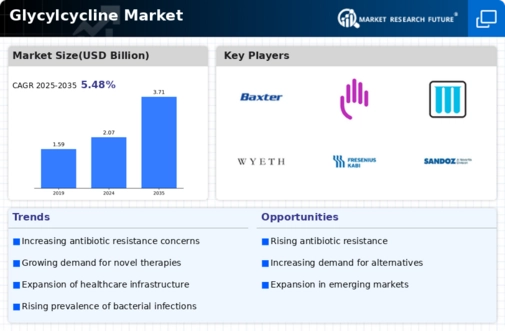
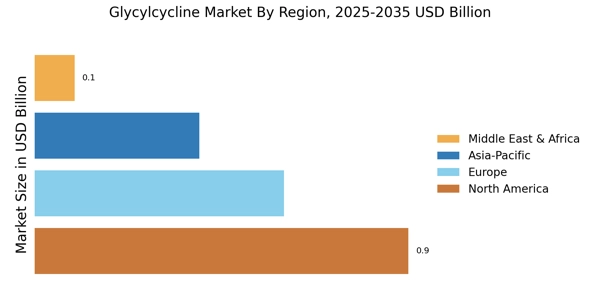


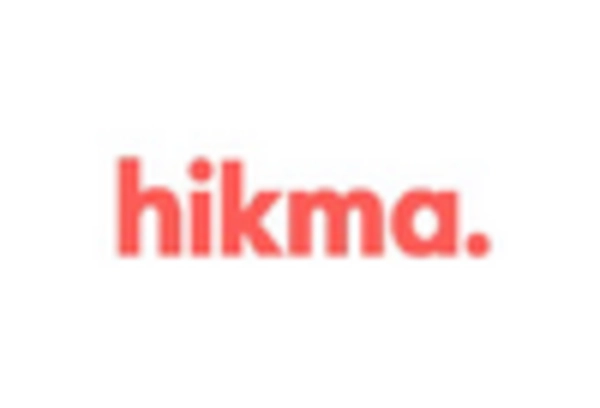
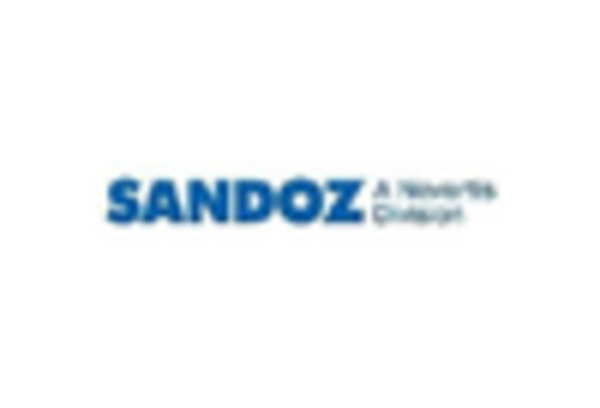
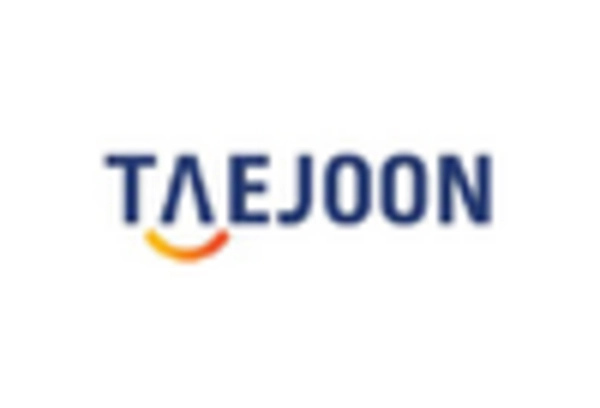
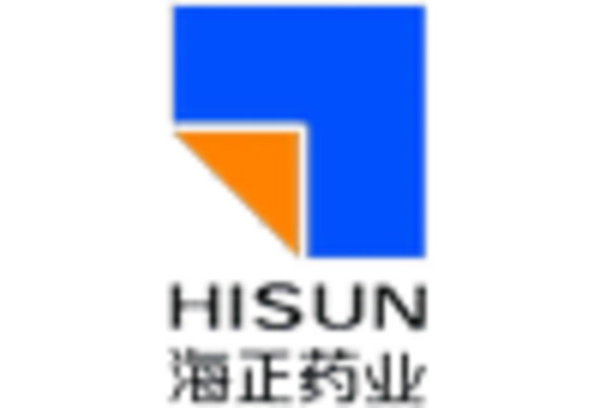








Leave a Comment